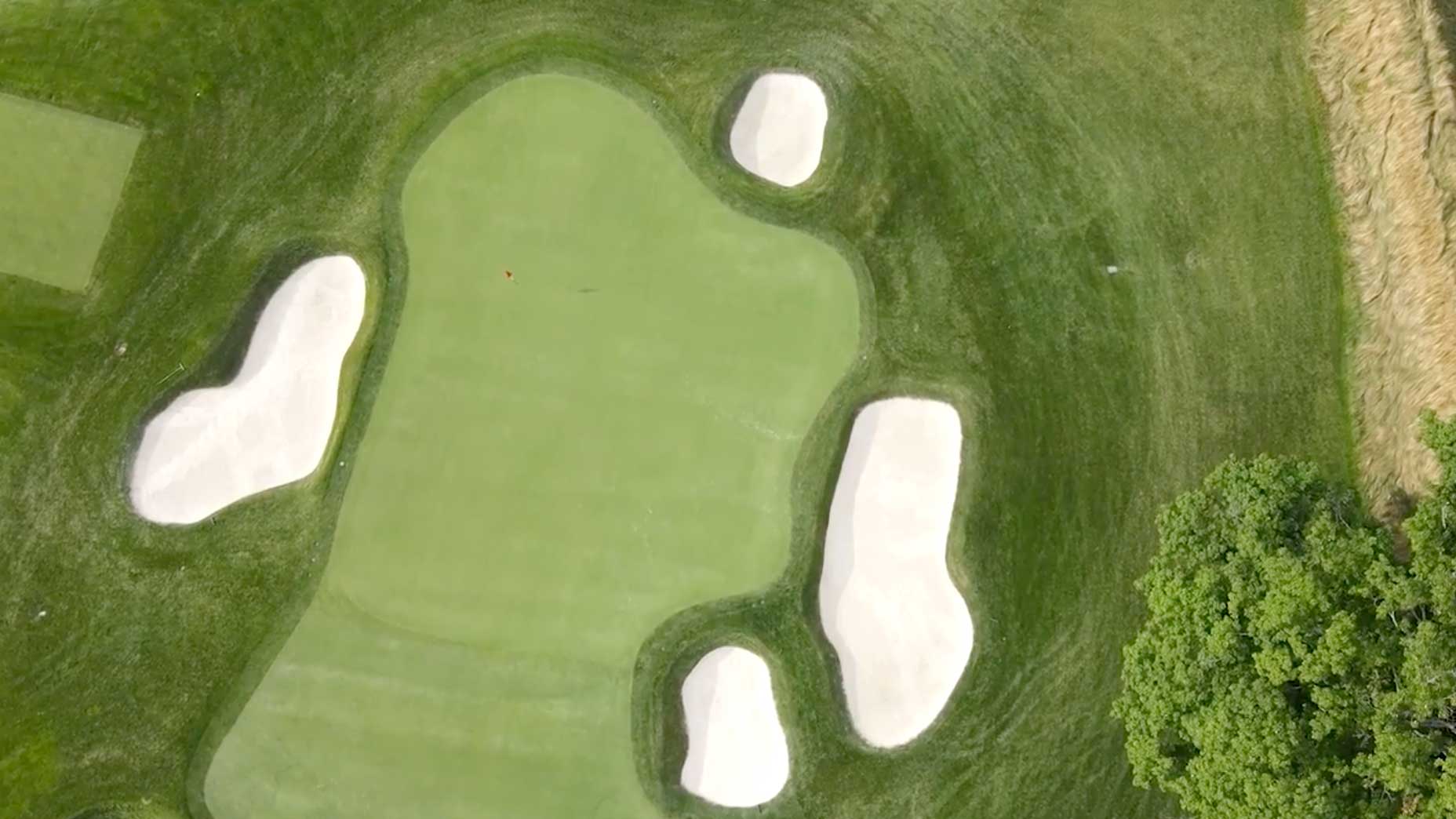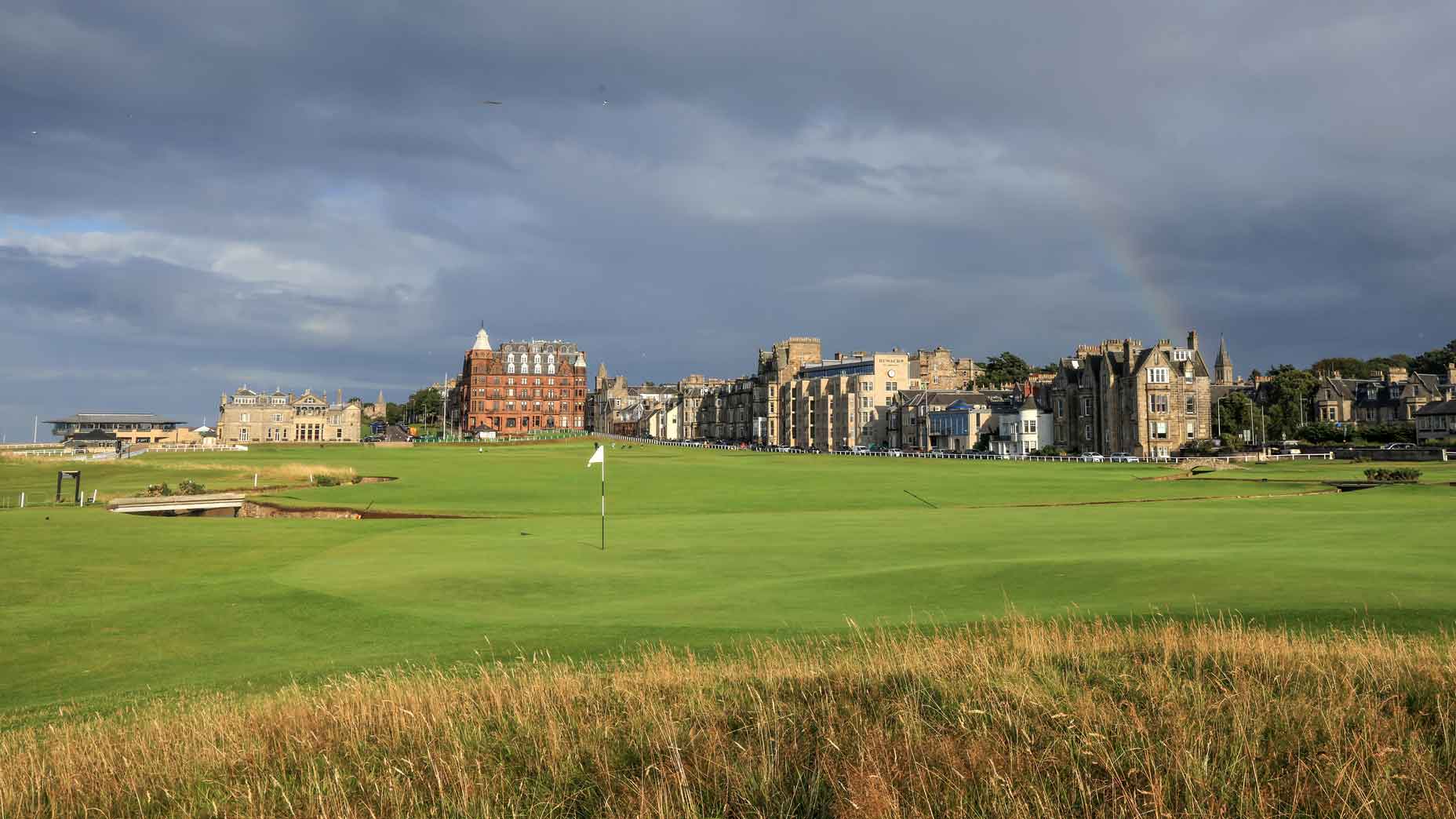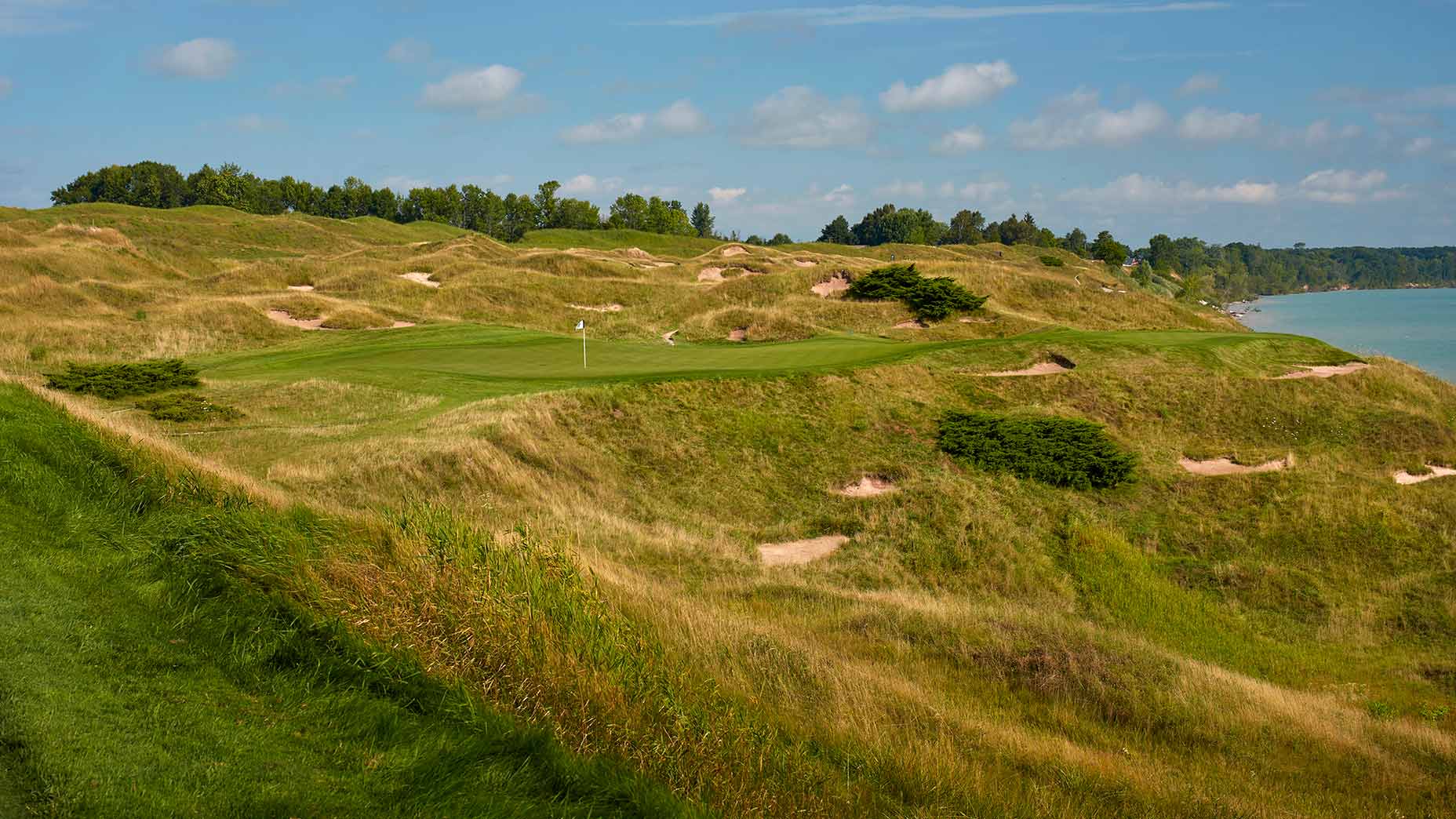GOLF’s Top 100 course panelists are among the most respected and well-traveled course evaluators in the game. They’re also keen to share their opinions. In this GOLF.com series, we’ll unlock their unvarnished views on all questions course-related. Check out GOLF’s latest Top 100 Courses in the U.S., Top 100 Courses in the World, Top 100 Courses You Can Play, Best Municipal Courses in the U.S., and 100 Best Short Courses. Meet all of our Top 100 panelists here.
With the Solheim Cup on tap this week, fans will get a look at Inverness Golf Club, a Donald Ross design in Toledo, Ohio, that has hosted four U.S. Opens, two PGA Championships and a U.S. Amateur, among other elite competitions. The Solheim Cup is, of course, a match-play event. How well does venerable Inverness lend itself to that format, and why?
Thomas Brown (has played 95 of the World Top 100): A 2016 restoration by golf course architect Andrew Green has given Inverness renewed interest in the design world. I was able to play nine holes with a prominent LPGA player from Team Europe in March, and she named Inverness the best course on the LPGA Tour. My experience was with deep rough and sloping greens that made short putts difficult to hole. Given the challenge, I would guess more won/lost holes than halves. The last five holes are par-4s with bogeys looming, so losing a match due to a stray approach into the rough is a more likely outcome than a winning birdie.
Joe Andriole (has played 99 of World Top 100): Inverness is a world-class club and will be a great host. The course sits on a relatively small parcel of land and while many of the holes are parallel to each other, they intersect with the features of the terrain. It’s a great course for spectating. The greens are quite complex and green speed and hole location will dictate the level of difficulty.
Ran Morrissett (GOLF Magazine architecture editor; has played 97 of the World Top 100): The two-shotters define the challenge and are the key to success in match play. They are wonderfully diverse, from world-class bruisers like 6 and 7 to drive-and-short iron holes like 9 (usually the 18th ), 10 and 18th (usually the 9th). The key to all of them is that you need to approach the green from the fairway. If you don’t, the angles of play conspire against you and you can get on the bogey train. The greens are so well-designed, and I expect them to be quite firm. It is hard to imagine a scrambler being able to continually get up and down. The person driving the ball the best should be able to apply the pressure to her opponent and ultimately, emerge victorious.
Tell us about one or two of the holes that you are most keen to watch the Solheim players take on. That is, the holes that you think present the most interesting match-play decisions?
Brown: No. 7 is a sweeping par-4 along the boundary of the property where Ross situated the green atop a hill with a left-to-right tilted, sloping green. The land on that particular hole takes advantage of exceptional natural topography. The tee shot requires a straight drive to avoid a winding creek down the right. These players are very talented, but par might be good enough for a win here.
Andriole: As Tom says, the 7th is fabulous; I’ll add the 3rd, which is a new hole by Green that recreates Ross’ old 8th. It’s a long par-3 that can be stretched way back (although listed at 197 yards for this week) — with a well-bunkered, interesting green. I suspect it will be played with a good mix of tee/hole locations and demand a variety of shots.

Morrissett: A potential swing hole is the 13th, a reachable par-5. We all know from watching Augusta on TV every April that that hole number comes at a key point in a round. An eagle or birdie would put the player in a great mindset to tackle the closing, stellar stretch of two-shot holes.
What is the best match-play course you’ve ever played, and why?
Brown: Well, it would have to be a two-ball club where foursomes (alternate shot) is the traditional form of play. In my opinion, criteria for the ideal match-play venue is links golf, with a brisk morning round played in less than three hours, followed by lunch and then another more buoyant afternoon match. The Solheim Cup has foursomes on Saturday and Sunday morning, but I anticipate four-hour matches as the rule at the professional level. Foursomes match play brings unique social interactions with your partner and the two players opposing you. I’ve found the format simple enough not to require a pencil and scorecard type of accounting. It is my favorite form of golf. This summer’s Open Championship host Royal St. George’s is the well-known two-ball club in England. Next year’s Women’s Open host, Muirfield, is the well-known two-ball club in Scotland.
Andriole: I think so-called half-par holes are best for match play. These are usually relatively short or rather long, risk/reward or quirky holes or holes with extreme green complexes. No course epitomizes that better than Prestwick in Scotland.
Morrissett: Royal Melbourne West. Its sheer quantity of half-par holes makes it peerless for match play. MacKenzie’s design rewards bold play by allowing players to work the ball in toward certain hole locations while punishing greedy tactics as the course’s compacted sand makes getting up and down from the short side of holes very difficult.











